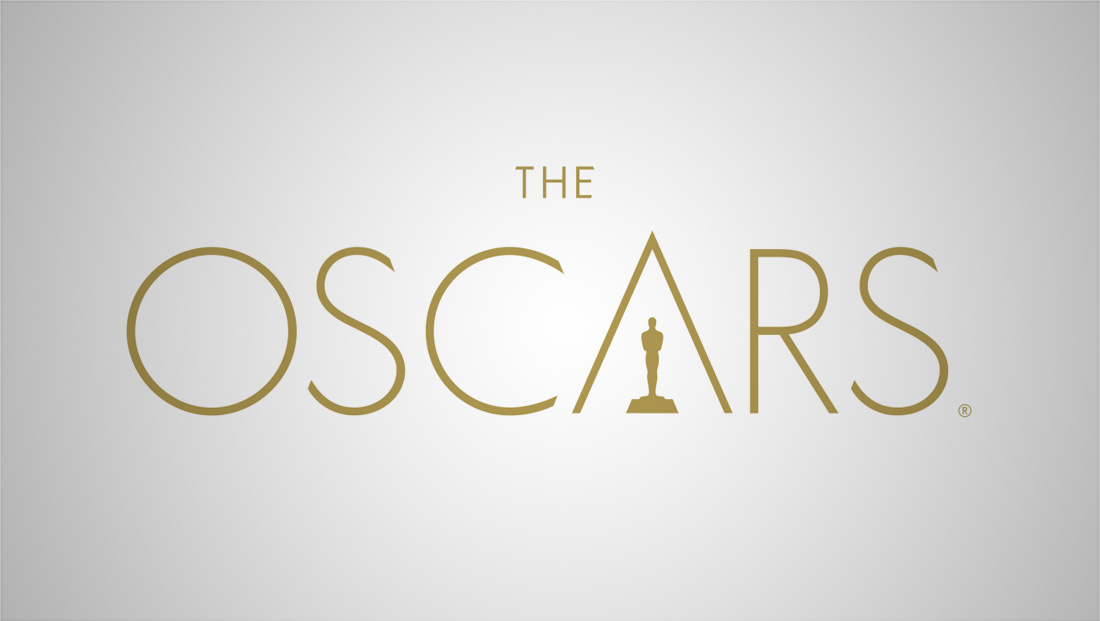Stop spreading this tweet about Jane Fonda, the Oscars and closed captioning
By MixDex Article may include affiliate links

A tweet about Jane Fonda delivering her Oscar acceptance speech in American Sign Language in the 1970s that’s been widely circulating on social media contains numerous falsehoods.
“jane fonda (sic) signed her best actress speech in 1979 because the oscars (sic) wouldn’t offer closed captions. the oscars (sic) only started providing closed captions in 2021,” an account with the handle @fondasbian with the name listed as “milena” tweeted March 27, 2022.
The post went viral, racking up millions of video views, likes and retweets.
jane fonda signed her best actress speech in 1979 because the oscars wouldn't offer closed captions. the oscars only started providing closed captions in 2021. pic.twitter.com/BSvofFtdrF
— milena (@fondasbian) March 28, 2022
There are only two things in that tweet that are true, however. Fonda did deliver her acceptance speech in ASL in 1979 and that year did not provide closed captioning.
In 1972, Julia Child’s “The French Chef” began using closed captioning technology, becoming the first regularly scheduled program to do so. “ABC World News Tonight” also started aired an open-captioned version of the broadcast later in the evening of the same day that same year via Boston PBS station WGBH.
In 1982, the Oscars ceremony began being closed captioned, not in 2021 as the meme claims.
In 2014, the U.S. Congress passed legislation that would require most TV programs to be closed captioned, including live events, so this would also dispel the 2021 claim because it would have been illegal to not provide captioning.
It’s not entirely clear if the tweet was simply made up from scratch or if its creator somehow confused a variety of information, though there does not appear to be a clear explanation as to how the inaccurate information in it could have been mistaken from the truth.
It is perhaps worth noting the difference between closed captioning, open captioning and ASL interpretation.
Closed captioning is “closed” in the sense that only people who activate the feature on compatible television or devices see it. The data for closed captioning is typically transmitted as part of the TV picture outside of the image most TVs display. That data is picked up by the TV when the feature is active and shown on screen.
Open captioning, on the other hand, involves captions are “burned in” to the video itself. This makes it “open” and viewable by everyone, without any special equipment, settings or changes.
A common example of this is when non-English language films provide English subtitles for select or some dialogue; these are essentially the same concept of open captioning, though they are meant to serve anyone who does not speak the language in the film to read. These captions cannot be turned on or off.
ASL interpretation involves showcasing a separate video feed, often either on a second device or “picture in picture”-style in part of the screen, of a human providing realtime interpretation of the audio via ASL. These shots are typically mid-body and up shots because much of ASL depends a blend of facial expressions and body language — and not all signs are centered near the face or upper torso.
The 2022 Oscars was the first ceremony to provide a live, realtime ASL interpretation. This feed was offered via the Academy’s YouTube Live channel as a second screen experience and also available with the boxed layout on Oscars.com.
There’s another type of service TV broadcasters can offer viewers who live with blindness or low vision calls audio description, or AD. This is audio, typically relegated to one of the Secondary Audio Program channels often used for foreign language audio dubs, that describes what is happening on screen.
The Oscars had previously provided AD of the ceremony.
Popular Searches
- TV Industry News
- Broadcast Engineering News
- Broadcast Design News
- TV Talk Shows
- TV Syndication
- TV Advertising
- TV News Jobs
- TV Industry Mergers and Acquisitions
- TV Anchors
- Cable News
- Late Night TV
- TV Syndication News
- Broadcast Industry News
- TV News Drone Journalism
- TV News Augmented Reality
- TV Weather Forecasting
- TV News Journalism
- TV News Ethics
- OTT News
- News About NBC
- News About CBS
- News About ABC
- News About CNN
- News About MSNBC
- News About Fox News

